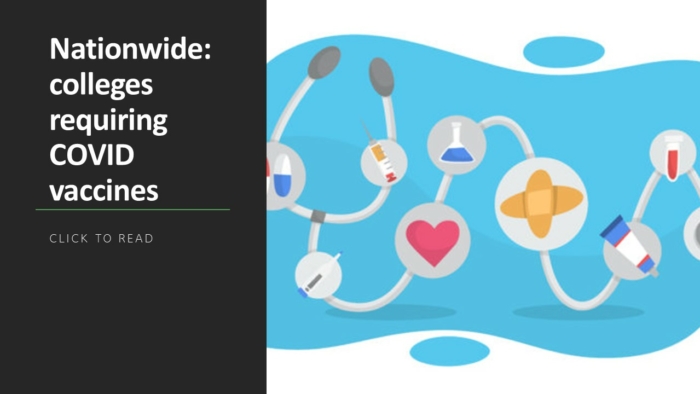Where should strengthening civic engagement be on the list of priorities for higher education senior administrators in 2021-22? Ahead of student wellbeing? Or diversity, equity and inclusion? Or creating workforce pathways for students?
If the answer to all of the above is no, that matches the findings of a collective group of 140 colleagues who took part in a study called Academic Year 2021–2022: Are College Campuses Ready?, conducted by the Association of American Colleges and Universities (AAC&U) and the Center for University Excellence at American University after the spring semester.
Civic and democratic engagement only ranked No. 6 and also fell behind “implementing short- and long-term resource strategies” and “communicating higher education’s value position.” Coming in last was “addressing higher education’s responsibility to contest the spread of misinformation,” behind “supporting liberal arts majors.”
Given the political unrest and protests of the past 18 months, the strife over a number of social issues and polarized views on COVID-19, does it deserve to be pushed up to-do lists? Were any of those hot-button issues to erupt on campuses, would colleges be prepared to handle them? The AAC&U and American University researchers did a deep dive into the possibilities in their 26-page report, which uncovered some startling details about how well-equipped and how nonchalant some are on the topic.
Nearly 60% of leaders said unrest is unlikely to break out at their institutions this year. Only 1% believe it is very likely. Yet this fall there have been strong protests on mask mandates from both sides, faculty members who have walked out or resigned over mitigation strategies, and demonstrations held over reported sexual assaults on campuses, including one that led to property damage.
“We hope campus leaders will use this report to reflect on the conversations that may or may not be happening on their campus,” said Ashley Finley, vice president for research and senior advisor to the president at AAC&U. “Finding opportunities to invite civil dialogue will be far better for campus community-building than being caught off guard.”
Inside the survey
The report reveals that nearly a quarter of institution leaders don’t have or don’t know if they have policies for managing protests or collection action. More than half admitted they don’t have in place mitigation strategies to help diffuse larger-scale confrontations. Another 25% said they do not having training for their public security teams to handle these situations.
“This survey of senior campus leaders raises questions about institutional expectations and preparation for the multiple psychosocial and ideological dynamics that may play out in the coming year,” said Scott A. Bass, executive director of the Center of University Excellence at AU and a coauthor of the report. “It is critically important to look for larger national trends that may prove to be disruptive, anticipate their impact on campus, and prepare the campus community, even if these disruptions do not materialize.”
In the survey, both public and private administrators ranked campus protests and polarization behind student support and college affordability. They noted that if a protest or demonstration were to break out, race (54%) would be the most likely trigger, followed by hate speech (36%), public safety (31%), sexual harassment/violence (29%), transgender rights (27%) and public health/vaccinations (26%). The study was done in the spring and the top two that have sparked protest are sexual harassment and public health, though others certainly have been front and center as topics of discussion.
In a look to the future, researchers wondered if DEI initiatives, while essential, might spark backlash from rogue groups who oppose them. Hate speech also bears attention, and “administrators will need to balance the rhetoric of good intentions with actionable policies and planning to keep students, especially minoritized students, safe.” Another big challenge—No. 8 on the priority list—is how to prevent the continued spreading of misinformation, an essential piece in fostering civil dialogue.
The joint report also includes a section on supporting students through this time of crisis and division. In delivering student services, senior leaders said they were most intent on putting a “greater focus on persistence and retention (93%), expanding the use of data analysis (93%), better coordination among different specialties (86%), increasing professional development around a more empathetic campus (84%), offering more technology-assisted services (77%) and creating student support team involving different specialties (70%).”



